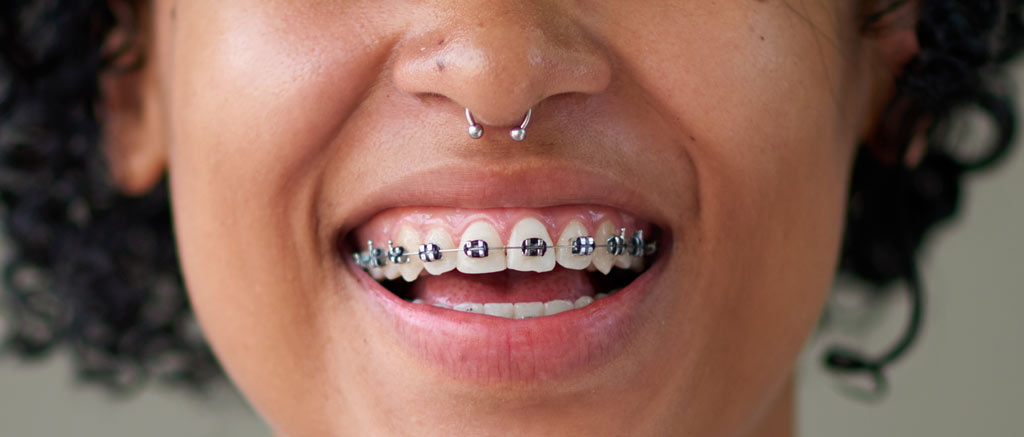Orthodontic dentistry encompasses a wide array of services tailored to aligning teeth and jaws, catering to patients of all ages from children to adults. For children, early orthodontic intervention can address developmental issues, guiding the growth of the jaw and permanent teeth alignment. This proactive approach can prevent more severe problems later in life, such as overcrowding or malocclusion. In adolescents, orthodontic treatments like braces or clear aligners are common to correct bite issues, straighten teeth, and enhance oral function and aesthetics. Adult orthodontics often focuses on improving dental health and appearance. Adults may seek orthodontic care to address long-standing alignment issues that were not corrected earlier in life or to improve their smile for personal or professional reasons. Treatments such as braces or clear aligners offer discreet options for achieving straighter teeth and correcting bite problems effectively.

Orthodontists use various techniques and appliances to achieve these goals. Traditional metal braces remain popular for their effectiveness in addressing complex alignment issues. These braces consist of metal brackets bonded to the teeth connected by wires that guide the teeth into proper alignment gradually. For those seeking a more inconspicuous option, clear aligners provide a transparent, removable alternative. Custom-made for each patient, clear aligners gradually shift teeth into place without the visibility of traditional braces, offering flexibility and convenience. Beyond aesthetics, orthodontic treatments contribute significantly to overall oral health. Properly aligned teeth are easier to clean and maintain, reducing the risk of dental decay and gum disease. Additionally, correcting bite issues can alleviate strain on jaw joints and muscles, potentially reducing the incidence of temporomandibular joint disorders TMJ.
Orthodontic care is highly personalized, beginning with a comprehensive examination and treatment plan tailored to each patient’s specific needs. Orthodontists assess dental and facial structures using X-rays, photographs, and dental impressions to diagnose issues accurately and formulate an appropriate treatment strategy. This individualized approach ensures that treatment goals align with patient expectations and overall oral health objectives click here. Moreover, orthodontic advancements continue to evolve, offering patients more efficient and comfortable treatment options. Self-ligating braces, for instance, use specialized brackets that reduce friction and discomfort during tooth movement. Lingual braces are another discreet option, placed on the inner surfaces of teeth to remain virtually invisible. These innovations cater to patients’ preferences for less noticeable orthodontic solutions while maintaining effectiveness in achieving desired outcomes.
Throughout the treatment process, orthodontists provide ongoing monitoring and adjustments to ensure optimal progress and results. Regular appointments allow for the assessment of tooth movement and the adjustment of appliances as needed, facilitating a smooth and successful treatment experience. In conclusion, orthodontic dentistry encompasses a comprehensive range of services designed to address alignment issues and improve oral health and aesthetics for patients of all ages. From early intervention in childhood to adult orthodontics, treatments are tailored to individual needs and preferences. With advances in technology and treatment options, orthodontic care continues to offer effective solutions that enhance smiles and promote overall dental well-being.
